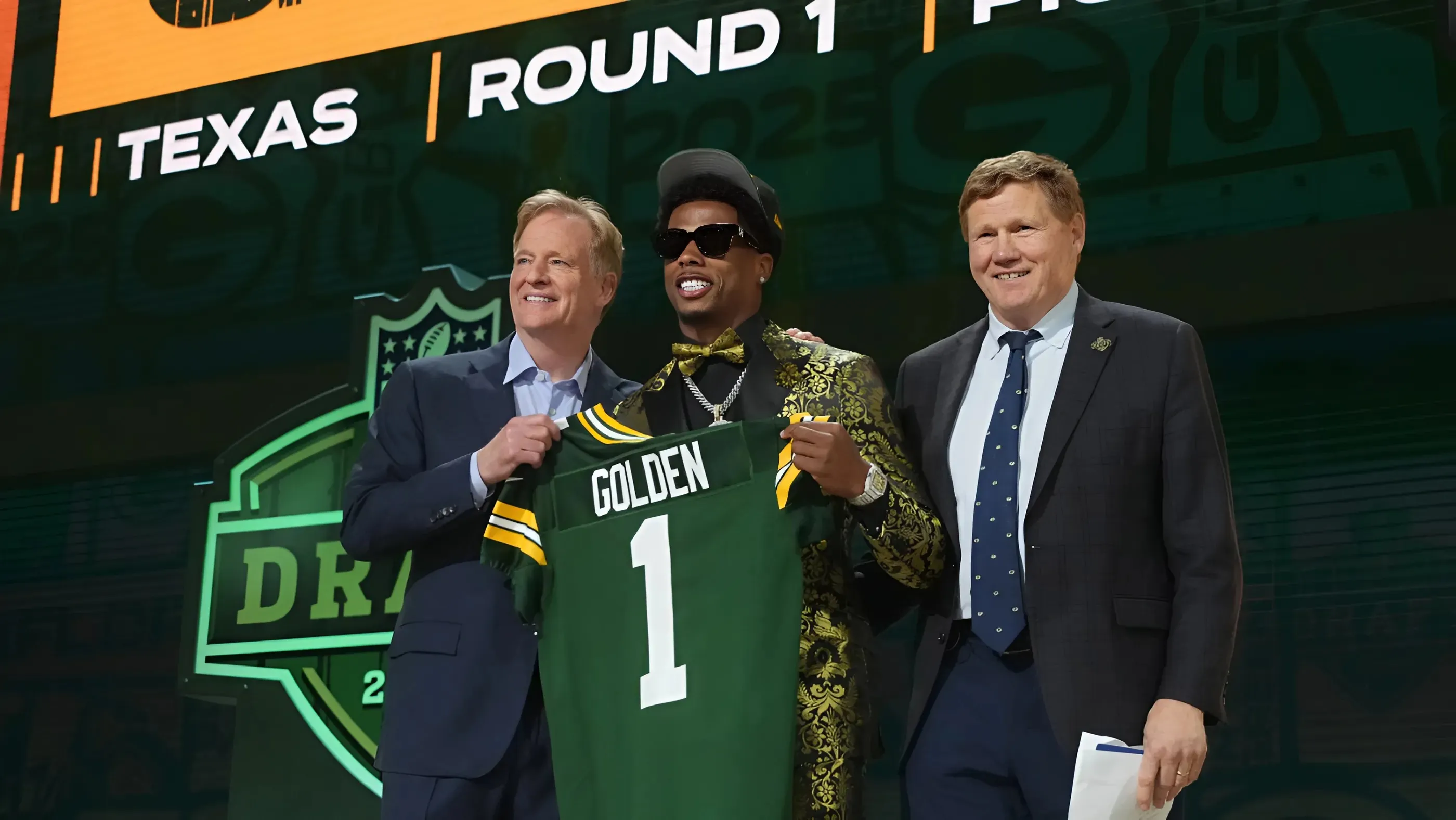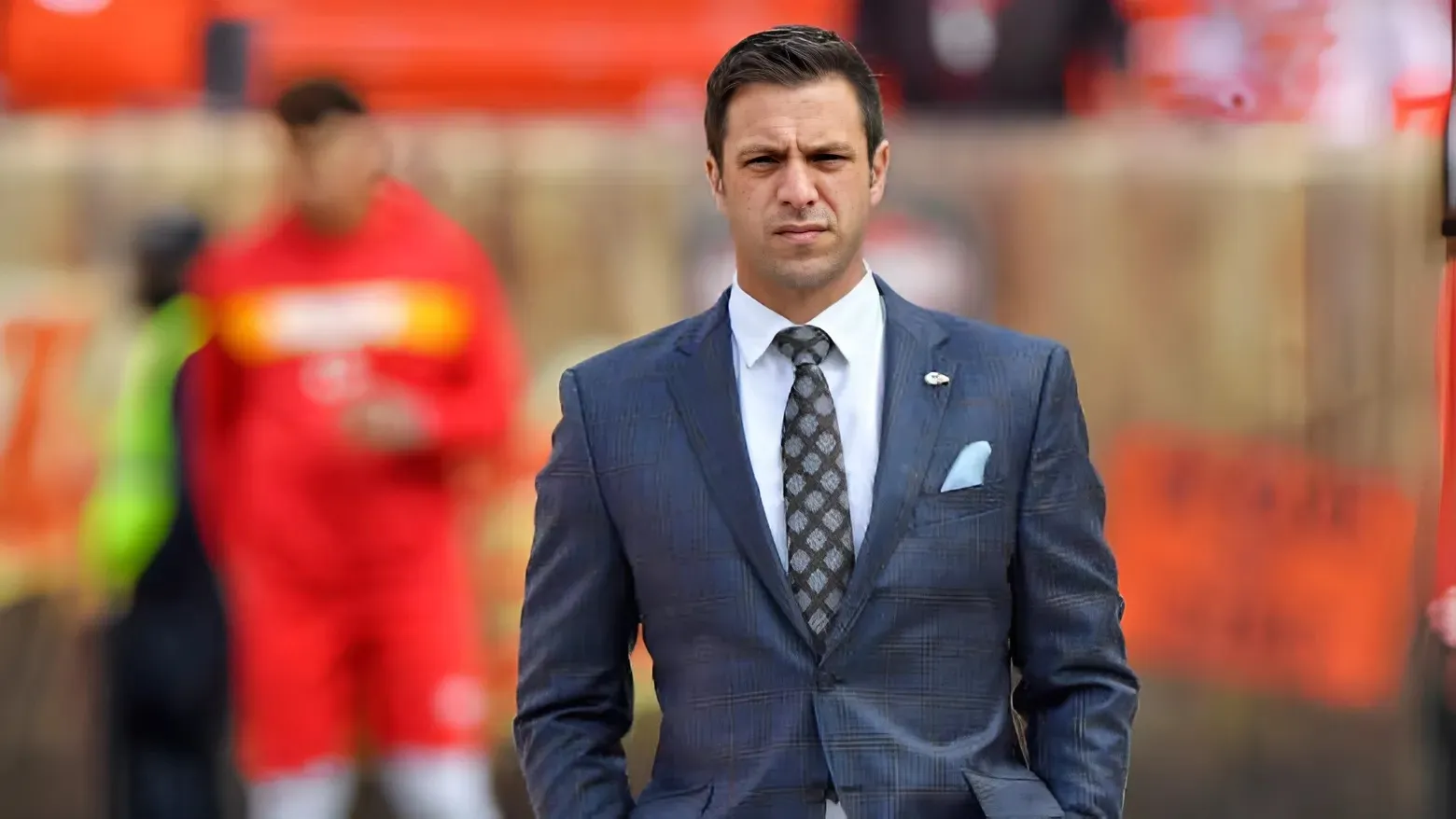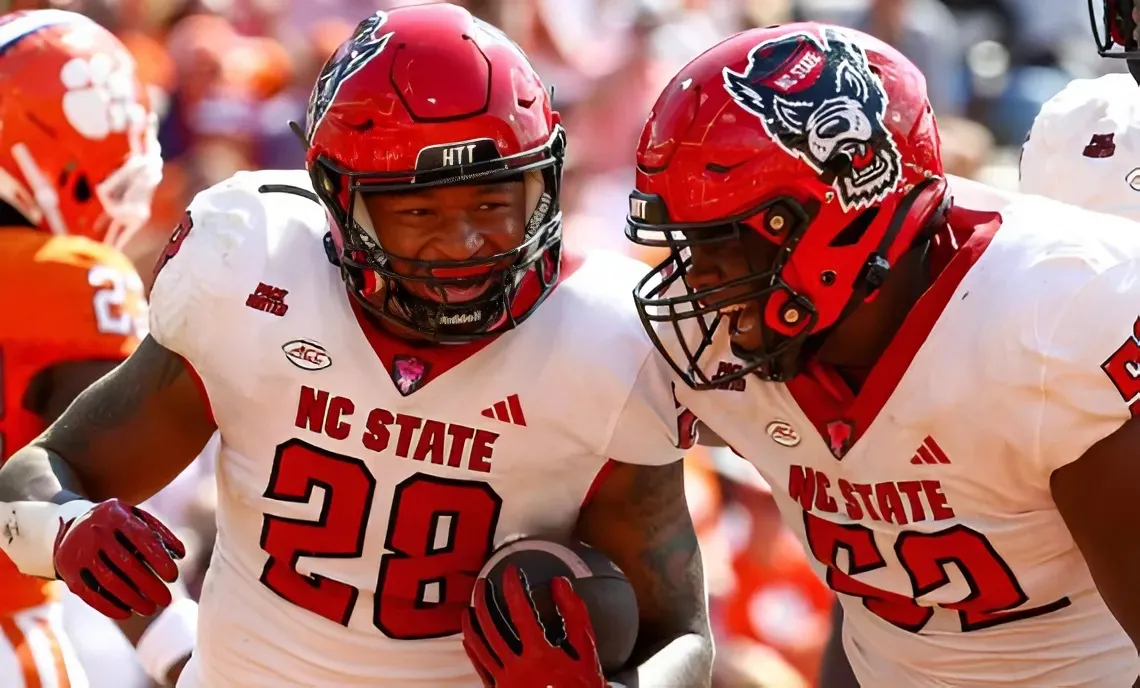As the 2025 NFL draft draws closer, the idea of the Miami Dolphins trading back from 13th overall becomes more interesting.
The Dolphins have 10 picks, but only three are in the top 100 (13, 48, 98). That leaves Miami with limited premium selections to fill out a roster with holes at guard, safety, cornerback, interior defensive line, and more.
In his latest five-round mock draft, Chad Reuter of NFL Network experimented with this idea. Reuter had the Dolphins trade back from pick 13 to pick 16, picking up an extra third-round selection from the Arizona Cardinals in exchange for pick 135 in Round 4.
We’ve decided to evaluate Reuter’s full draft to see what a potential trade back could do for the Dolphins’ in this month’s draft.
Evaluating Reuter’s 5-Round Dolphins Draft
Round 1 Pick 16 (Trade with ARI)
Selection: Jahdae Barron, CB, Texas
Reuter’s first selection is tremendous for several reasons. The first is sliding back three spots for an extra third-round pick while giving up a fourth. That’s good value for this trade, and the Dolphins need as many top-100 selections as possible.
Making things even better, Reuter takes Jahdae Barron, who we’re pretty high on, at pick 16. Barron is a versatile cornerback who is an excellent value at pick 16. Many mock drafts have the Dolphins selecting him at pick 13 anyway.
Barron, along with Jalen Ramsey and Kader Kohou, would give the Dolphins three defensive backs with slot and outside versatility, allowing coach Anthony Weaver to matchup better with all types of offenses.
Round 2 Pick 48
Selection: Xavier Watts, S, Notre Dame
There are no trades with this pick, but Reuter continues to upgrade the Dolphins’ secondary by selecting Xavier Watts. Like Barron, Watts is another player we’ve tied to the Dolphins in the past, so we like this pick, too.
Watts was the nation’s best ball-hawking safety the past two seasons and has the range to fill a lot of the roles the team delegated to Jevon Holland in past seasons. The Notre Dame product is also an excellent pairing for Ifeatu Melifonwu, who is expected to start at strong safety.
Miami’s defense struggled to force turnovers at times last season, so taking someone with Watts’ instincts to pair with Ramsey, Barron, Kohou, and Melifonwu makes a lot of sense.
If the Dolphins followed this path, their secondary would go from a weakness to a strength.
Round 3, Pick 78 (via ARI)
Selection: Marcus Mbow, OL, Purdue
This is the pick the Dolphins picked up in their mock trade back with the Cardinals, and Reuter uses it to address the team’s offensive line by selecting Marcus Mbow from Purdue.
This is where Reuter loses us a bit, as Mbow’s best projection at the next level is at center. He played tackle for the Boilermakers, but he lacks the length to play outside at the NFL level.
Mbow’s frame and overall athletic profile are much better suited for center than guard, making him an odd fit for the Dolphins, who already have Aaron Brewer playing at a high level.
That said, if Mbow was going to succeed at guard for any team, it would be the Dolphins. Mbow is one of the smoothest-moving offensive linemen in this class and projects incredibly well to the Dolphins’ outside zone scheme.
This isn’t a bad selection, but asking Mbow to play guard in the NFL is an unnecessary risk.
Round 3, Pick 98
Selection: Oronde Gadsden II, TE, Syracuse
This selection is likely to make long-time Dolphins fans happy, as Gadsden’s father played on the Dolphins from 1998 through 2003.
The younger Gadsden had an excellent season catching passes in an explosive Syracuse offense. He offers size and above-average ball skills, but this pick doesn’t make a ton of sense for the Dolphins.
For starters, although Gadsden is listed at tight end, he’s a glorified wide receiver. He doesn’t offer much in the running game and isn’t great at blocking from the slot. The team signed Nick Westbrook-Ikhine this offseason as the “big slot” blocker, so taking Gadsden would be a double down on an incredibly niche spot.
Gadsden playing on the same team his father did would be a cool story, but he doesn’t fit the Dolphins’ offense, doesn’t fill a need, and isn’t one of the top 100 players in this class.
Round 4, Pick 116
Selection: Dillon Gabriel, QB, Oregon
Reuter has the right idea of taking a shot on a quarterback, but we’re not a huge fan of Gabriel.
Although the Oregon passer has a similar surface-level profile to Dolphins starting quarterback Tua Tagovailoa, the two actually play the game much differently.
Gabriel relies a lot more on his movement skills and off-script ability than some realize, which is not what the Doplhins typically look for in their offense. Still, it’s hard to get too upset with this pick. Miami has to figure out the backup quarterback spot, and Gabriel’s extensive college experience is appealing.
His overall traits are below average for the NFL level, but he’s got enough football IQ and movement skills to be a reliable backup with some development.
Round 5, Pick 150
Selection: Shemar Turner, IDL, Texas A&M
From a pure value perspective, this might be the best pick in the entire mock draft. Turner has the build and traits of a starting NFL defensive lineman, so getting him this late in the draft is a steal for a team that needs a lot of help at defensive tackle.
Turner is a heavy-handed, run-first defender who has no issue collapsing offensive linemen into the backfield and making plays on ball carriers behind the line of scrimmage.
He doesn’t offer much in the pass-rush category, as he doesn’t have overly impressive burst or change of direction skills off the line. Turner also struggled with penalties last season, so he’ll likely be labeled an undisciplined player by many coaching staffs.
It’s impossible to argue with his value in this spot, though.
Round 5, Pick 155
Selection: Jordan James, RB, Oregon
For Reuter’s last Dolphins pick, he selected another skill position player in Oregon’s Jordan James. This is good value for James’ talent, and he could reasonably beat out Alexander Mattison for the team’s RB3 spot.
Like Mattison, James is a powerful runner who can absorb contact and pick up short-yardage first downs rather well. Miami has struggled in those situations under head coach Mike McDaniel, but we question whether using a draft pick on a player to replace Mattison is a wise decision.
This isn’t bad value by any means, but the team would probably be better off taking a shot at a more high-value position at this point. This is a deep running back class, and James’ skill set isn’t exactly rare.
We understand the thought process behind this selection, but the Dolphins should probably consider other positions instead of running back.



